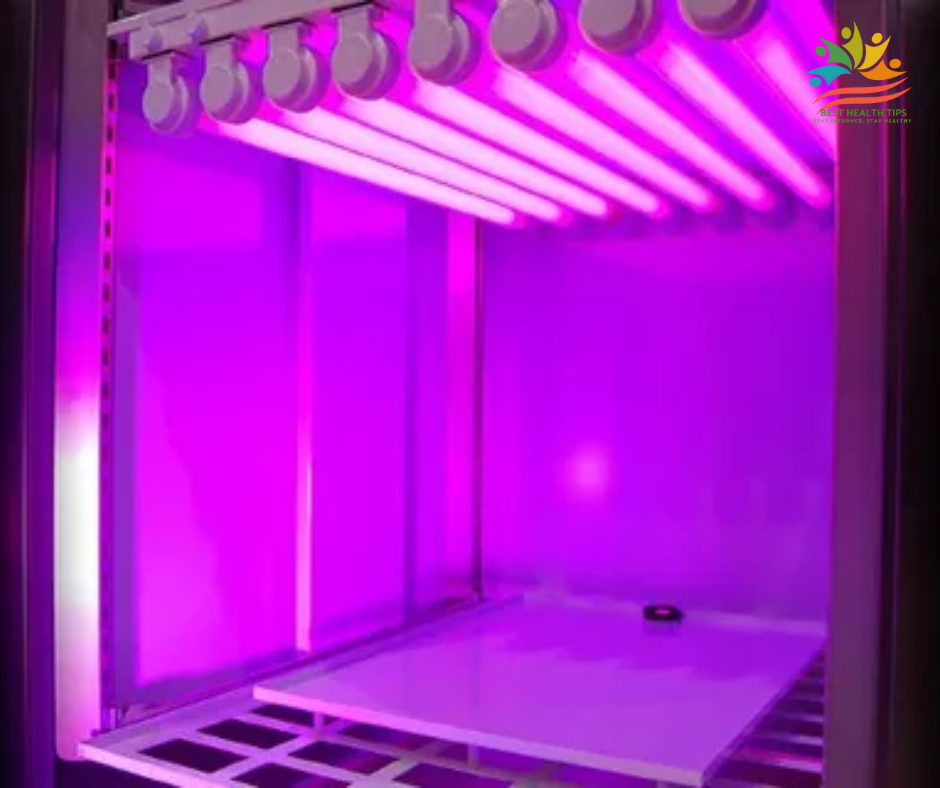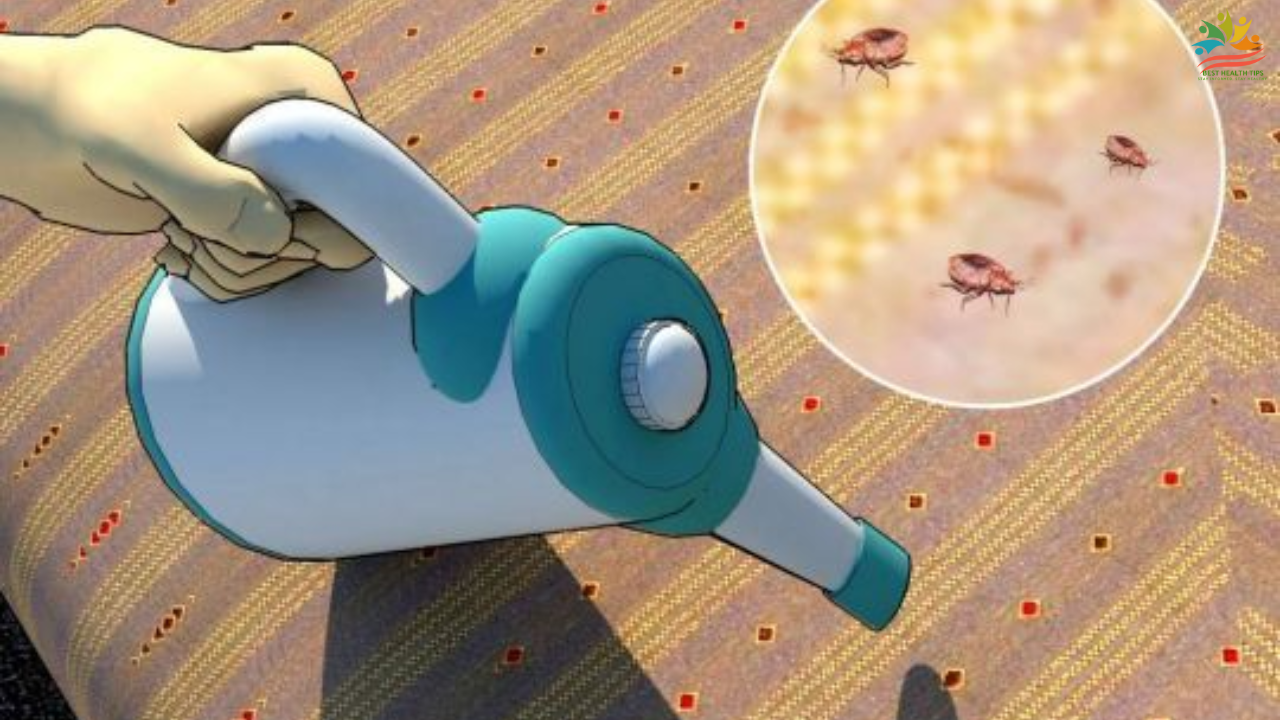Introduction
Does uv light kill bed bugs? Confronted with bed bugs and hoping to be saved by UV light? Let’s get some candles going on this topic and see whether these unwelcome guests can in fact be zapped out of existence with ultraviolet light.
What Is UV Light?

Picture UV light as Mother Nature’s sterilizing wand. Don’t get too excited about this potential bed bug solution yet, though. Let’s see what we’re getting ourselves into.
How UV Light Works
UV light is one of those invisible lasers which damage living cells. The ways in which they damage them are by positioning themselves between structure and DNA within the cells as Sunlight damages the skin on us when we’re outside too long.
Types of UV Light
All UV light is not equal. UVA, UVB, and UVC, has a wavelength and capability. UVC is the heavy hitter when killing microorganisms.
Effectiveness Against Bed Bugs
1. Limited Penetration???? UV light will be effective only if it has direct contact with bed bugs. Bed bugs take shelter in cracks, crevices, and mattresses, and therefore avoid its reach.
Research and Evidence
Researchers have been exploring the effect of UV light on bed bugs like forensic researchers working on a case. What do they discover? It’s not straightforward, but there is potential here.
Penetration Power
This is the catch – UV light penetrates only when under direct contact. Think about attempting to tan wearing clothes – it doesn’t work.
What do bedbugs hate most?
Bed bugs detest certain odors, temperatures, and conditions that prevent them from living. Here’s what they dislike the most:
Hot Temperatures
120°F (49°C) kills bed bugs immediately.
Heat and steam treatment is very effective.
Low Temperatures
Below 0°F (18°C) for 4+ days kills bed bugs.
Freezing infested bedding and clothes will kill them.
Strong Odors & Essential Oils????
- Bed bugs hate the following smells:
- Lavender oil
- Peppermint oil
- Tea tree oil
- Cinnamon
- Clove oil
- Rubbing alcohol
5. Clean & ClutterFree Spaces????
Bed bugs prefer hiding in clutter and dark environments.
Vacuuming frequently and clearing clutter makes it harder for them to live.
Treatment Methods
Using UV light on bed bugs is firing in the dark – you’re gonna need the right equipment and strategy to kill ’em.
Safety Considerations
Hold onto the swishing UV wands for the moment; remember that what would kill bed bugs would kill human beings too. It’s similar to having an ubersuperlativer sword lying around – you don’t use it unless you have proper armor for it.
Hidden Spaces
Bed bugs are experts at hide and seek. UV light cannot see into all their hidden favorite spots, such as deep within mattresses or along baseboards.
Resistance Challenges
Bed bugs’ tough shell doesn’t offer an open path through which UV light has an easy way to penetrate. They have tiny little suits of armor on them. UV light works best as a team player. Think of it as one of the weapons in your pest control arsenal.
Future of UV Treatment
The technology gets better, like smartphones getting better every year. New uses for UV might make this treatment even more effective in the future.
| Time Period | Bed Bug Control Methods |
|---|---|
| Ancient Times | People used fire, herbs, and plant oils to repel bed bugs. Egyptians and Romans used smoke and sulfur. |
| 1700s-1800s | Beds were made with metal frames to prevent infestations. Early pesticides like mercury and arsenic were used but were highly toxic. |
| 1900s (Early) | Kerosene, boiling water, and fumigation were common treatments. Bed bugs were still widespread. |
| 1940s-1950s | The introduction of DDT significantly reduced bed bug populations, but overuse led to resistance and environmental concerns. |
| 1970s-1990s | Many pesticides were banned, leading to a global resurgence of bed bugs. People relied on vacuuming and DIY methods. |
| 2000s-Present | Modern treatments include heat treatment, steam, diatomaceous earth, and chemical sprays. Advances in pest control methods have improved effectiveness. |
FAQs
1. How many minutes of UV light will eliminate bed bugs?
Direct exposure generally will require minutes but is dependent on UV intensity and distance.
2. Will UV light penetrate bedding so that it can kill bed bugs?
No, UV light needs to make direct contact, and that is one of its biggest disadvantages.
3. Can UV light treatment safely treat children’s bedrooms?
Although UV light can be used safely, precautions should be taken, and the room has to be emptied to be treated.
4. How expensive is a UV treatment system?
UV business systems are expensive, but several hundred or several thousand dollars compared to home units, which are inefficient and less expensive.
5. Will UV light damage my furniture or my personal items?
Time exposure to UV will destroy material and bleach cloth, so be careful.
Conclusion
Bed bugs like dark, cluttered places but loathe heat, cold, strong odors, and certain chemicals. Temperatures, essential oils, diatomaceous earth, and regular cleaning can prevent and destroy infestations. Natural repellents will repel them, but professional treatment remains the best option for complete elimination. Proactive efforts will make your home bed bug-free. Require expert treatment guidance?
Read more about Cure&Treatment and other categories at Best Health Tipss.


